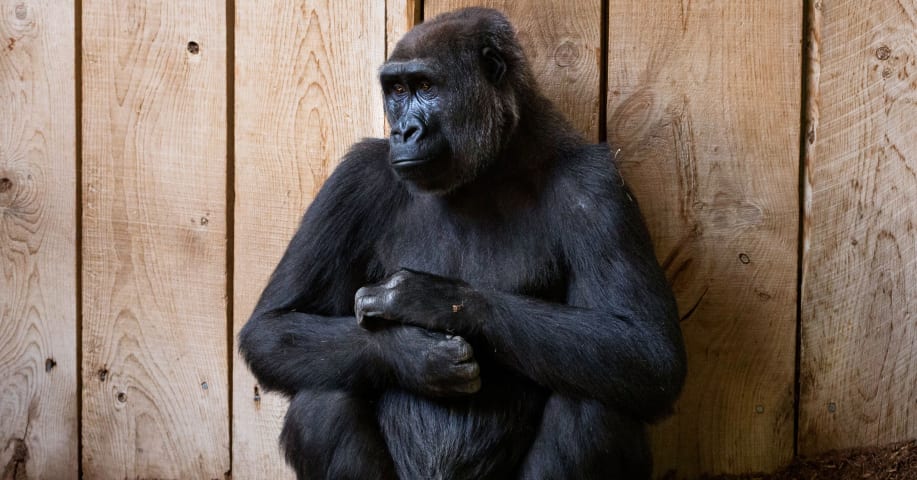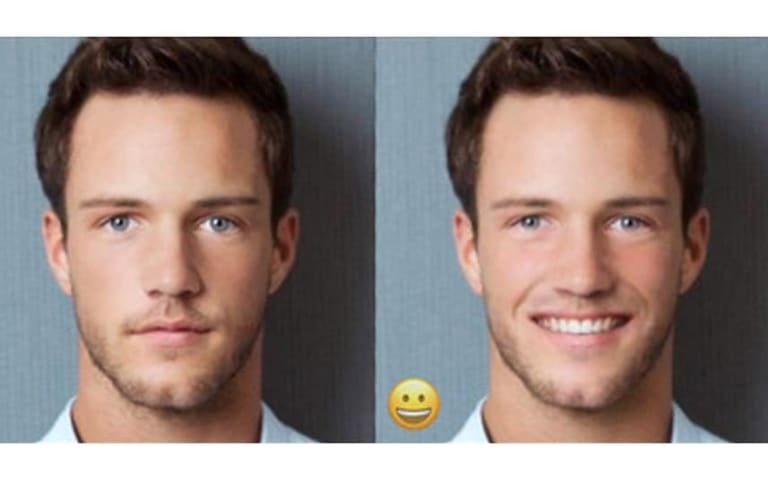Entities
View all entitiesCSETv0 Taxonomy Classifications
Taxonomy DetailsProblem Nature
Specification, Assurance
Physical System
Software only
Level of Autonomy
Low
Nature of End User
Amateur
Public Sector Deployment
No
Data Inputs
Photographs
CSETv1 Taxonomy Classifications
Taxonomy DetailsIncident Number
63
Special Interest Intangible Harm
no
Date of Incident Year
2018
Date of Incident Month
01
Date of Incident Day
18
Estimated Date
No
Risk Subdomain
7.3. Lack of capability or robustness
Risk Domain
- AI system safety, failures, and limitations
Entity
AI
Timing
Post-deployment
Intent
Unintentional
Incident Reports
Reports Timeline

Google Photos’ intrepid Assistant just wants to help.
Part of the Android-maker’s photo app, it helps organize the thousands of photos stored on your phone. It can make little albums of places you went based on geolocation data, and through…
Variants
Similar Incidents
Did our AI mess up? Flag the unrelated incidents

Images of Black People Labeled as Gorillas

Biased Google Image Results

FaceApp Racial Filters
Similar Incidents
Did our AI mess up? Flag the unrelated incidents

Images of Black People Labeled as Gorillas

Biased Google Image Results

